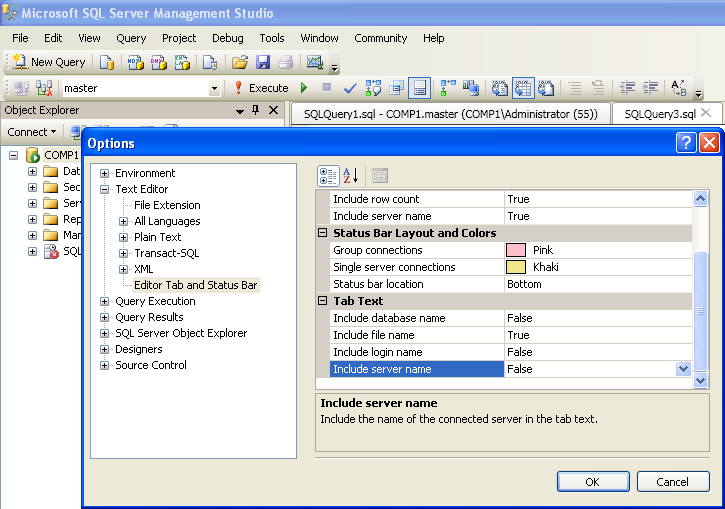Normally, a single aggregate query defines a single grouping set. The following example defines a grouping set (warehouse, product). It returns the number of stock keeping units (SKUs) stored in the inventory by warehouse and product. By definition, a grouping set is a group of columns by which you group.

Typically, a single query with an aggregate defines a single grouping set. For example, the following query defines a grouping set that includes brand and category which is denoted as (bran category). Merhabalar Ahmet bey, Gruplama yaparak toplamaya çalıştığımda aşağıdaki hatayı alıyorum. In this example, we will show you the same.
Only include countries with more than customers. Summary: in this tutorial, you will learn how to use the SQL ROLLUP to generate multiple grouping sets. By using the ROLLUP option, you can use a. Aslında bu çoklu toplama fonskiyonu içeren. As you have seen grouping sets have huge advantages: they simplify your code, and they improve the performance of the query by accessing the base data only once.
GROUPING _ID is useful in these cases. What I am asking is under what circumstances do we use these features ? Writing aggregate queries is one of the most important tasks for anyone working with T- SQL. Syntax: Here is the syntax of Group By clause in SQL. It fetches the data from Employee table and sort the. The definitive guide for data professionals See min video.
PROC SQL calculates the aggregate function separately for each group. SQL query for grouping data. Grouping without Aggregate Functions.
Group is when we combine a group of things, elements under some rule. GROUP BY returns one records for each group. While working with SQL reports , a lot of times we will come across scenarios where we want to summarise the data. But because the queried data set has NULL values, some columns may be NULL. Video created by University of California, Davis for the course SQL for Data Science.
It’s a very interesting function, which you should also know that. This function accepts the multiple input columns and returns the integer value. This article shows how to use SUMMARIZE and an alternative syntax to group data. The semantic difference between ADDCOLUMNS and SUMMARIZE becomes clearer as soon as we involve more tables in the grouping operation. In my last two posts, I gave examples of aggregation WITH ROLLUP and CUBE.
First, let’s see how we rewrite simple WITH ROLLUP and CUBE queries. ProbleIn the Join-Object blog we’ve seen that relational data naturally organizes in multiple tables. Leave a Reply Cancel reply. Enter your comment here. Grouped concatenation is a common problem in SQL Server, with no direct and intentional features to support it (like XMLAGG in Oracle, STRING_AGG or ARRAY_TO_STRING(ARRAY_AGG()) in PostgreSQL, and GROUP_CONCAT in MySQL).
We illustrate this with two examples. Assuming ID is the primary key of your table, then. I have a table Employee which has the columns I Date of joining and Name Date of joining is a DATETIME column. I want to know how many users have joined in the month of October?
Fuzzy Lookup returns the closest match in order to perform the fuzzy join. There are two type of creating grouping , which are shown below. Group By clause is used for getting aggregate value (example: count of, sum of) in one or more columns with reference to a distinct column in a table.
Order By clause is used to sort the resulting rows in the order of specified column or colum. SQL Server T- SQL Programming FAQ, best practices, interview questions. MySQL decides to use for grouping. However, if you need to use it—and I know there are some folks out there who do, because I’ve consulted for them—you can still tweak it.
Sütunlarda özet bilgiler için detay bilgiler için değeri döndürür. Elde edilen sonuç listelerinizi daha iyi değerlendirmek için kullanabilirsiniz.
Hiç yorum yok:
Yorum Gönder
Not: Yalnızca bu blogun üyesi yorum gönderebilir.